All Brokers Are Not Created Equally Part 2
June 20, 2017
All Brokers Are Not Created Equally Part 4
July 10, 2017This week we continue our focus on reporting and plan strategy by honing in on self-funded customers. Customers who choose to self-fund, in theory, assume their actual claim risk instead of paying set monthly premiums, otherwise known as fully insuring your group health plan.
The majority of groups (95%+) who self-fund, purchase catastrophic insurance protection, otherwise known as stop-loss insurance. There are two basic types – 1) specific insurance, which is purchased at the member or contract level and 2) aggregate protection, which offers an umbrella type protection for a group’s entire population.
Oftentimes, self-funding can end up costing an employer more money than it should, or even more than it would to fully insure the plan…YES – you read that correctly!
Let me first say that I am a strong advocate of group self-funding, but it must be done the correct way.
When analyzing a group’s major cost buckets, the expenses are generally separated into three categories:
1. Claim utilization or actual use of services
2. Administrative fees or the cost of doing business with your chosen carrier or TPA
3. Stop loss protection
The first two buckets will be saved for another day!
Stop Loss protection can represent 10-25% of a group’s annual spending; yet, the attention allocated to this very important component seems to be limited, and the level of time varies across agents and consultants. Dozens of questions should be vetted by your advisor so that you truly understand what you are buying and feel comfortable that you are purchasing the right insurance protection for your company.
Below are just a few vetting questions.
- What does your policy cover?
- Are you at the right specific stop loss level?
- How does the insurer of the stop-loss policy determine your cost increase year over year?
- Is your premium based on actual catastrophic claims specific to your company or calculated from a pool?
- If you are pool rated, does it make sense to find a carrier that rewards you for a good experience?
- If you are experience-rated and performing poorly, should you consider joining a more pool rated friendly carrier while you ride out ongoing catastrophic claims?
Stop Loss, like any insurance product, can be an excellent tool for controlling risk, but it needs to be purchased properly. Purchasing too much could be just as problematic as purchasing too little. This product has outpaced just about every insurance product over the last decade, and it deserves just as much attention as carrier discount and claims management.
